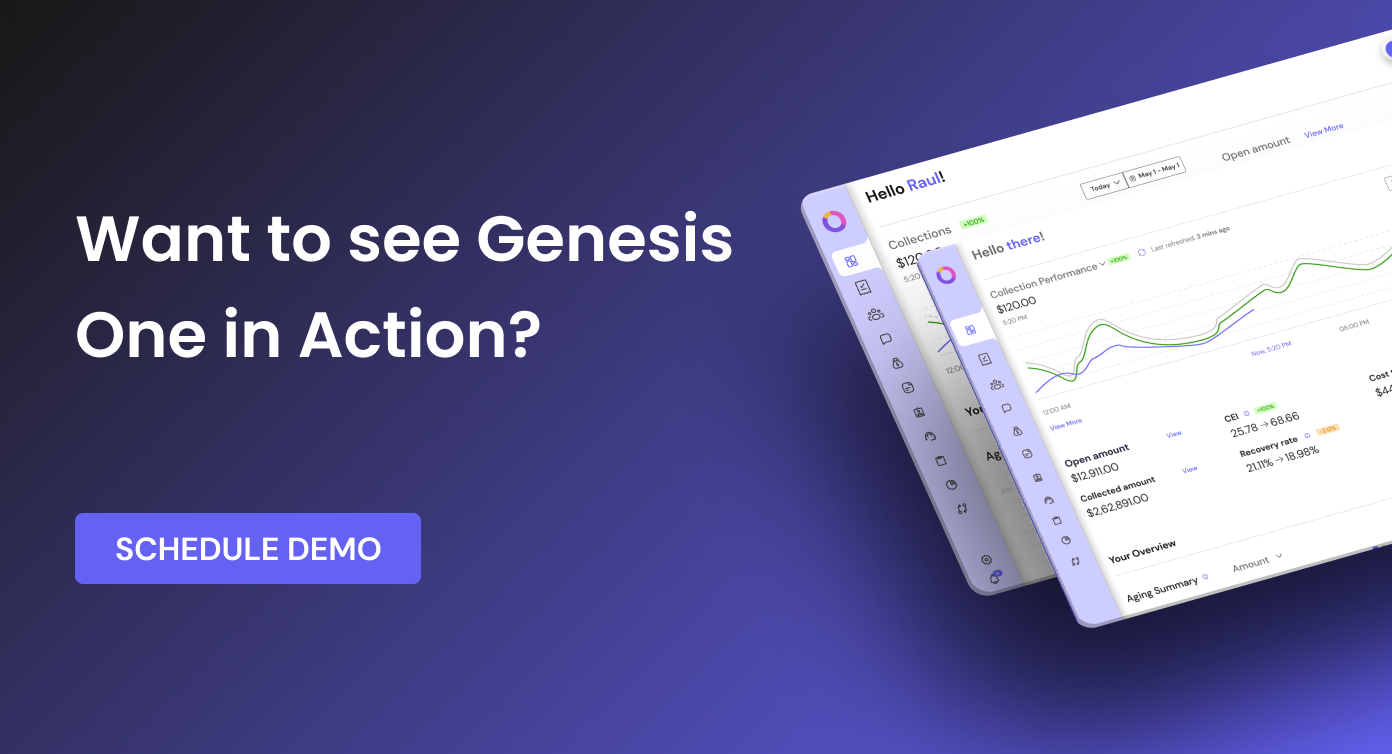What Is Skip Tracing in Debt Collection?

Let's say a debt collector is trying to contact a debtor who has vanished without leaving a trace—no updated address, no phone number, nothing. With billions of dollars in outstanding debt across industries, this scenario is more common than you'd think.
In today’s fast-paced world where people move, change jobs, or switch phone numbers frequently, it makes it harder to track them down. That's where skip tracing comes in—a powerful tool debt collectors use to locate individuals who have "skipped" out on their obligations.
But how exactly does skip tracing work, when can a business use it, and why is it essential in the debt collection process? Let's dive in.
What Is Skip Tracing?
Skip tracing is the process of locating individuals who have become difficult to contact, often due to moving, changing phone numbers, or other factors that make them "disappear." In debt collection, skip tracing is a crucial technique used to track down debtors who are unresponsive to standard communication methods.
The term "skip" refers to someone who has skipped town or gone off the grid, while "tracing" involves investigating and piecing together their whereabouts. Skip tracers use various tools, such as public records, credit reports, social media, and advanced databases, to locate the individual. With the rise of digital footprints, skip tracing has evolved to include sophisticated methods that leverage data analytics and AI to enhance accuracy.
Effective skip tracing can significantly improve debt recovery rates by re-establishing contact with hard-to-find debtors. In fact, it's estimated that skip tracing is necessary for about 30% of delinquent accounts in the U.S. Using this method, debt collection agencies and financial institutions can avoid writing off unpaid debts, saving millions each year.
When Does a Business Need Skip Tracing?

Skip tracing is necessary when a debtor becomes "unreachable," meaning their contact information is outdated or no longer valid. It often occurs in situations where debtors move without updating their details, change jobs without notification, or intentionally avoid collection efforts. Businesses and debt collection agencies turn to skip tracing when traditional methods, like direct mail or phone calls, fail.
This is where the company initiates the skip-tracing process. They start by accessing public records, credit reports, and online databases to gather up-to-date information. Social media platforms, voter registration records, and utility bills are also examined for clues to his whereabouts.
With the right tools and strategies, the company eventually pinpoints the debtor's new address and phone number, allowing them to resume contact and take the next steps in the debt recovery process, whether it’s negotiating a payment plan or escalating to legal action.
What Are the Major Challenges in Skip Tracing?
While skip tracing is a powerful tool for locating debtors, it comes with its own set of challenges. The process can be complex and time-consuming, requiring a blend of investigative skills and access to accurate data. With the huge wealth of information available, it's not always straightforward to sort through or reliable. Here are the top 10 challenges commonly faced in skip tracing:
- Inaccurate or Outdated Data: Many data sources are not frequently updated, leading to dead ends or incorrect information. Debtors may have old addresses, phone numbers, or aliases listed in databases, making it harder to trace them.
- Limited Access to Certain Records: Skip tracers often face restrictions on accessing private or protected data, such as certain financial records or employment information, which can hinder the investigation.
- Identity Theft and Fraud: In cases where a debtor has stolen or falsified another person's identity, skip tracing becomes significantly more difficult, as the trail of information may lead to a completely different individual.
- Data Privacy Laws: Legal restrictions and regulations like the GDPR or HIPAA limit the amount of personal data that can be accessed, particularly in regions with strict data privacy laws, creating a barrier for skip tracers.
- Multiple Jurisdictions: If a debtor moves across state or country borders, skip tracers may face the challenge of dealing with multiple jurisdictions, each with its own set of laws and data access limitations.
- Digital Disguises: With people becoming more aware of how to protect their privacy, debtors may use tactics like VPNs, fake social media profiles, or alternate email addresses to avoid detection.
- Frequent Relocation: Debtors who frequently move or change jobs make it challenging to track them down, especially if they don’t leave a trail of updated contact information with financial institutions or government records.
- Resource Intensity: Skip tracing requires a considerable amount of time, effort, and financial resources, especially if multiple methods or extensive databases are used to track down one individual.
- Incomplete Public Records: Public records can sometimes be fragmented or incomplete, leading to gaps in the investigation. This often happens when debtors do not leave a thorough paper trail.
- Data Overload: With the sheer volume of data available online, sifting through irrelevant or outdated information can be overwhelming. Too much irrelevant information can slow down the process and create confusion.
10 Methods to Do Skip Tracing

Skip tracing requires a combination of investigative skills and data access to locate hard-to-find individuals. Here are 10 methods by which skip tracers can use to gather the necessary clues to locate debtors who have become difficult to reach. While some cases require only basic searches, others demand a more thorough investigation, making each of these tools an essential part of the skip tracing process.
1. Public Records Search
Public records are a foundational tool in skip tracing. These include property records, voter registrations, marriage and divorce records, and court filings. Public records can provide a wealth of information about an individual’s whereabouts, such as their last known address, past addresses, and property ownership details.
2. Credit Reports
Accessing an individual’s credit report is a powerful tool for skip tracing. Credit reports contain information like recent addresses, credit inquiries, and financial institutions the person is associated with. Since credit reports are updated regularly, they provide the most current location data available, making them invaluable for finding debtors.
3. Social Media Investigation
Social media platforms like Facebook, LinkedIn, Instagram, and Twitter are treasure troves of personal information. By examining a debtor’s social media activity, you can gather clues about their location, employment, relationships, and even future plans. Often, people share personal information or are tagged in posts that reveal their whereabouts.
4. Online Databases and People Search Engines
There are many specialized online databases like BeenVerified, Spokeo, or Pipl that aggregate public information, including phone numbers, email addresses, and past residences. People search engines compile data from various sources, making it easier to find up-to-date contact information. While some are free, premium databases often provide more accurate and detailed information.
5. Utility and Phone Records
Many utility companies keep detailed records of their customers, and access to this data can be an excellent way to track down a debtor’s new address. Similarly, phone records, such as billing addresses and contact numbers, can help locate someone who has moved or is otherwise hard to contact.
6. Professional Licenses and Certifications
If the debtor holds a professional license or certification (e.g., real estate, nursing, law), these can often be tracked through state or national licensing boards. Many professional boards publish directories that include current addresses, making them a useful source for locating individuals.
7. Skip Tracing Software
Specialized skip tracing software, such as TLOxp, Skip Genie, or Accurint, is designed specifically to help investigators locate hard-to-find people. These platforms compile data from public and private sources and provide detailed reports that can include phone numbers, addresses, relatives, and associates. Many also leverage AI and data analytics to improve accuracy and speed.
8. Contacting Known Associates
When direct contact with the debtor fails, skip tracers often reach out to known associates, such as friends, family members, neighbors, or co-workers. These individuals may have updated information or be able to provide clues about the debtor’s current location. This method is particularly useful when a debtor has changed addresses without informing official institutions.
9. Social Security and Employment Records
In some cases, debtors can be traced using Social Security information. Skip tracers may work with collection agencies that have access to Social Security databases to verify employment or current address details. Additionally, tracing employment records through professional networks or companies can lead to finding an individual’s current job or location.
10. Surveillance and Field Visits
If digital methods fail, skip tracers may resort to physical surveillance and field visits. Investigators may visit the debtor’s last known address, workplace, or locations they are known to frequent, such as a gym or favorite hangout spots. In-person observation can yield insights that digital records can’t provide, especially if the debtor is intentionally trying to avoid being found.
Is Skip Tracing Really Worth It?
The decision to invest in skip tracing depends on the specific circumstances of the debt collection process and the resources available. While skip tracing can involve significant costs, including software fees, labor, and time, the potential return on investment (ROI) can vary widely.
For small debts or accounts with limited recovery potential, high costs may outweigh the benefits. However, for larger debts or high-value accounts, skip tracing can be instrumental in locating individuals who otherwise would be written off. The cost of skip tracing can be justified if the amount recovered exceeds the fees.
Each business needs to weigh the financial implications, the size of the debt, and the likelihood of recovery before investing in skip tracing services.
Conclusion
Skip tracing plays a vital role in debt collection, particularly when traditional methods of contacting debtors fail. While it comes with challenges like high fees, outdated data, and legal restrictions, skip tracing can be a game-changer for locating hard-to-find individuals and recovering delinquent accounts.
The value of skip tracing largely depends on the size of the debt and the potential for recovery, making it most worthwhile for higher-value cases. By leveraging a combination of public records, technology, and investigative techniques, businesses can increase their chances of reclaiming lost revenue while minimizing write-offs. When used strategically, skip tracing is a powerful tool in the debt collection process.

